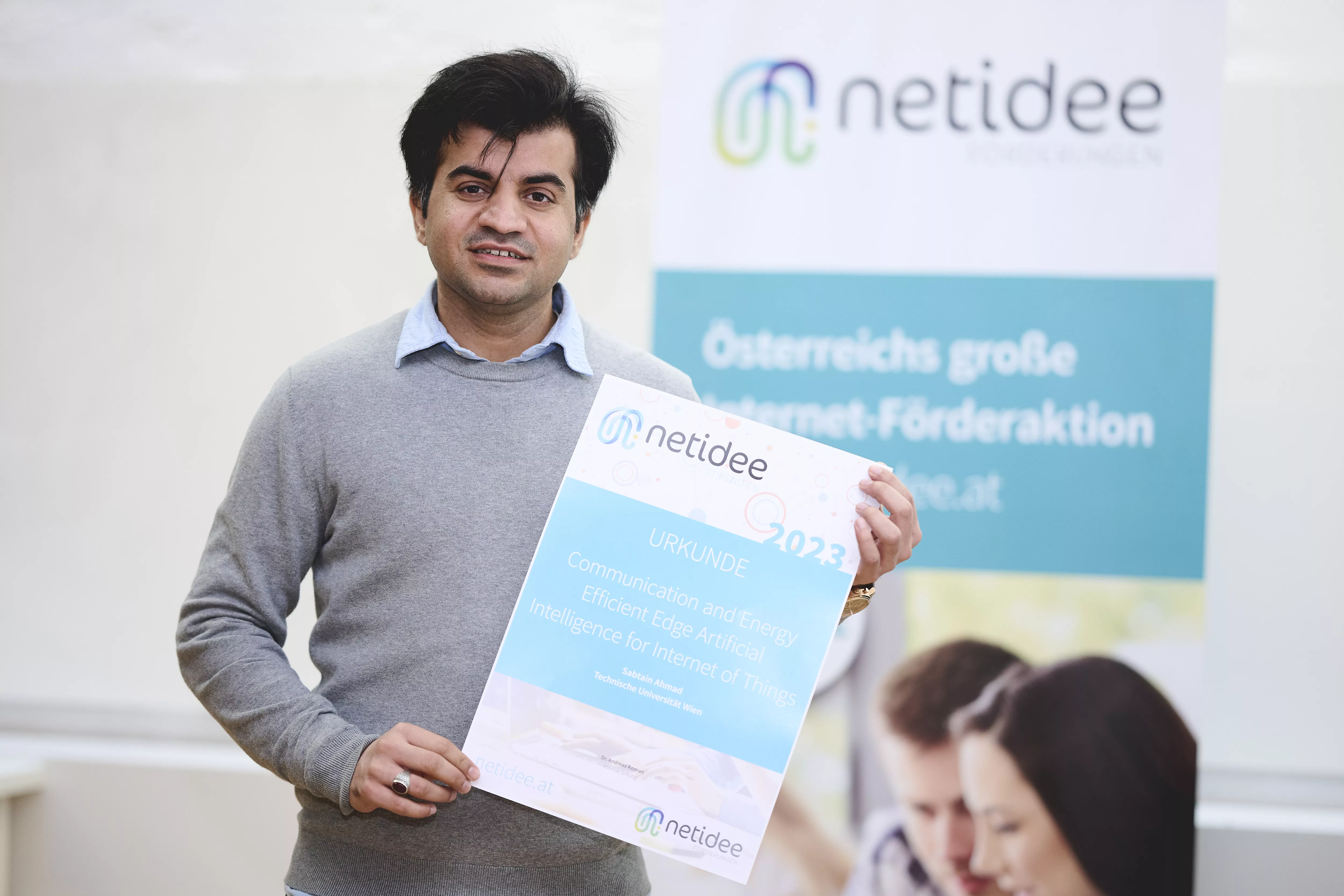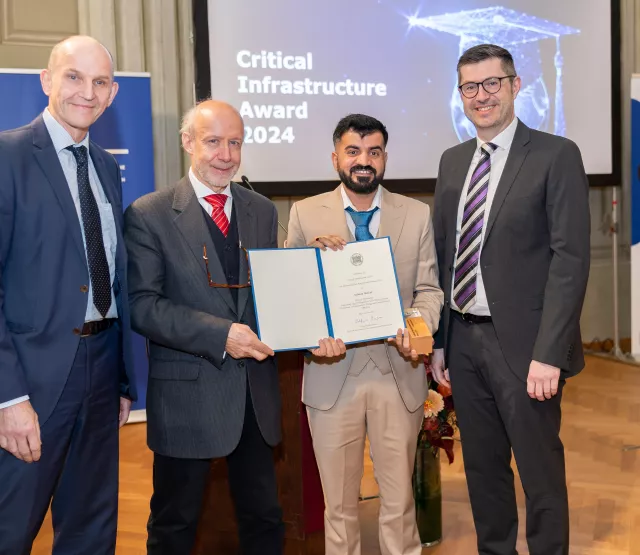
Förderjahr 2023 / Stipendien Call #18 / ProjektID: 6801 / Projekt: Communication and Energy Efficient Edge Artificial Intelligence Framework for Internet of Things
This article discusses that moving AI analytics from distant clouds to on-site edge nodes is becoming essential for water plants, power grids, rail networks and other critical infrastructure.
Fresh- and wastewater plants, power substations, rail switches and tunnels all generate torrents of sensor data that must be acted on in milliseconds: a chlorine spike in drinking water, a transformer running hot, or a vibration hinting at rail-track fatigue. Shipping every reading to the cloud is too slow, burns bandwidth, and can violate privacy regulations. With more than 50 billion IoT devices already online and 80 billion predicted for 2025, the bottleneck is only widening.
Edge Intelligence (EI) moves analytics and learning out of far-away data centres and onto the devices, gateways and micro-datacentres sitting next to pumps, turbines and signalling equipment. That proximity slashes latency, preserves data sovereignty, and enables critical infrastructure to “self-heal” when connectivity is patchy.
What an EI stack looks like:
- Smart sensors measure flow, voltage, vibration, temperature, etc.
- Edge nodes (industrial PCs, rugged micro-servers or neuromorphic boards) run lightweight AI for anomaly detection and prediction.
- Federated or hierarchical learning tiers exchange model updates; not raw data between peer nodes, local control rooms and a central cloud, steadily improving accuracy.
- Orchestration & cybersecurity layers update models, patch OS images and enforce zero-trust policies.
Practical examples of Edge AI:
- Virtualised substations in Spain. Edge nodes process 4,000 signal samples per second, capture GOOSE events and predict faults before they escalate, all while cutting site visits [1].
- Utilities in North America and the Middle East deploy grid-edge portfolios that give operators sub-second visibility of feeders, transformers and behind-the-meter assets, balancing EV loads and renewables in real time [2].
- Real-time bathing-water safety in the UK. AI models running on riverside gateways forecast bacterial spikes with 87 % accuracy and push half-hourly alerts to swimmers; faster than lab tests that take a week [3].
Open challenges:
- Non-IID data across geographically diverse assets; a rail switch in the Alps behaves differently from one in a desert yard, for instance.
- Communication overload; 5G or private LTE still has cost and dead-zone issues.
- Single point of failure in central servers; Critical when links to cloud are severed.
The future directions which aim to resolves these challenges include hierarchical federated learning where cluster models run at substation or depot level and only distilled knowledge reaches the cloud, cutting traffic by up to 90 %. At the hardware layer, neuromorphic processors promise mW-level inference for vibration or acoustic signatures, unlocking battery-powered EI for remote valves and trackside huts.
References:
1. Virtualised substations in Spain



